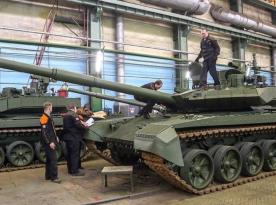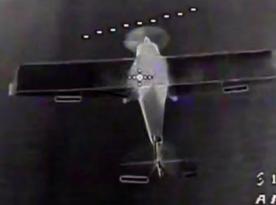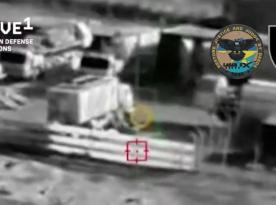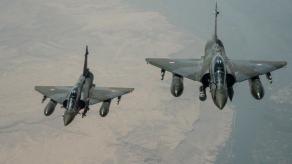The aggression of the russian federation and constant missile attacks as an element of it have made the issue of anti-missile defense extremely acute for Ukraine.
And here we can take a look at the example of Saudi Arabia, which is already starting a long-term project to create anti-missile defense based on the American THAAD (Terminal High Altitude Area Defense) anti-missile system. The amount of funds required is at least $15 billion just for the purchase of THAAD batteries.
Read more: Defense Against a Hundred Iskander Missiles Is Worth More Than 1 Billion Dollars
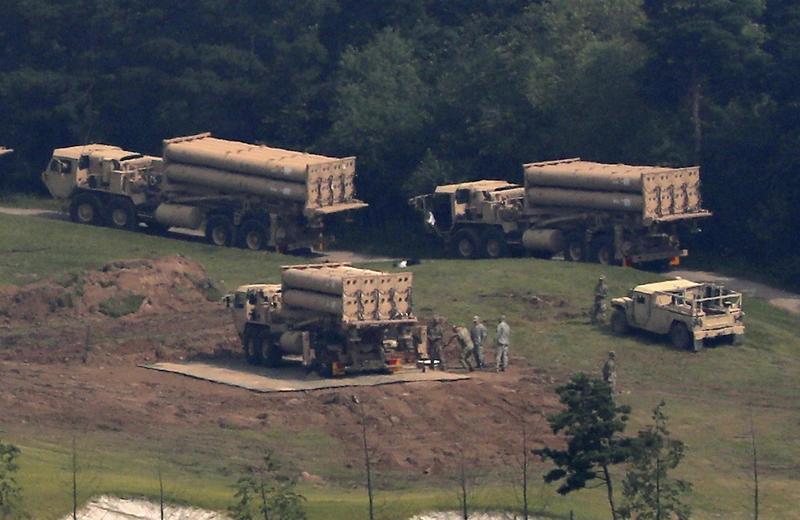
As a reminder, in November 2021, Saudi Arabia and the US decided to finally activate their political agreement on the supply of THAAD anti-missile systems to the Saudis. The US and Saudi Arabia signed the contract on the purchase of the AMS back in November 2018, but then Riyadh plotted the brutal murder of journalist Jamal Khashoggi, so the start of THAAD deliveries was postponed indefinitely.
Perhaps the White House would continue to keep Riyadh off the pledged weapons, but it turned out that the Patriot complexes available to the Saudis are unable to shoot down ballistic missiles and kamikaze drones, used by the Houthis to attack oil production infrastructure. These attacks negatively affect the stability of the world market of petroleum products.
This became the motive for the USA to "unfreeze" the process of supplying THAAD systems to Saudi Arabia in November 2021. The number of batteries planned for transfer was not disclosed; the manufacturer Lockheed Martin emphasized that deliveries will begin in 2023 and should be completed by 2027.

And now the most interesting nuance has come to the surface – the construction of infrastructure to place the batteries of the THAAD anti-missile defense complex in Saudi Arabia.
The Janes website says that on August 15 of this year, the US Army Corps of Engineers published the first approximate calculations, according to which the first 4 THAAD emplacements in Saudi Arabia could be completed by the end of 2026 at the very least, and the other 3 sites by the end of April 2028 accordingly. In other words, it turns out that in order to create its own anti-missile defense, Saudi Arabia needed 4 years to activate the political decision, then at least 7 years to build the infrastructure and supply THAAD itself, and finally pay over 15 billion dollars on top just to purchase the anti-missile systems themselves.
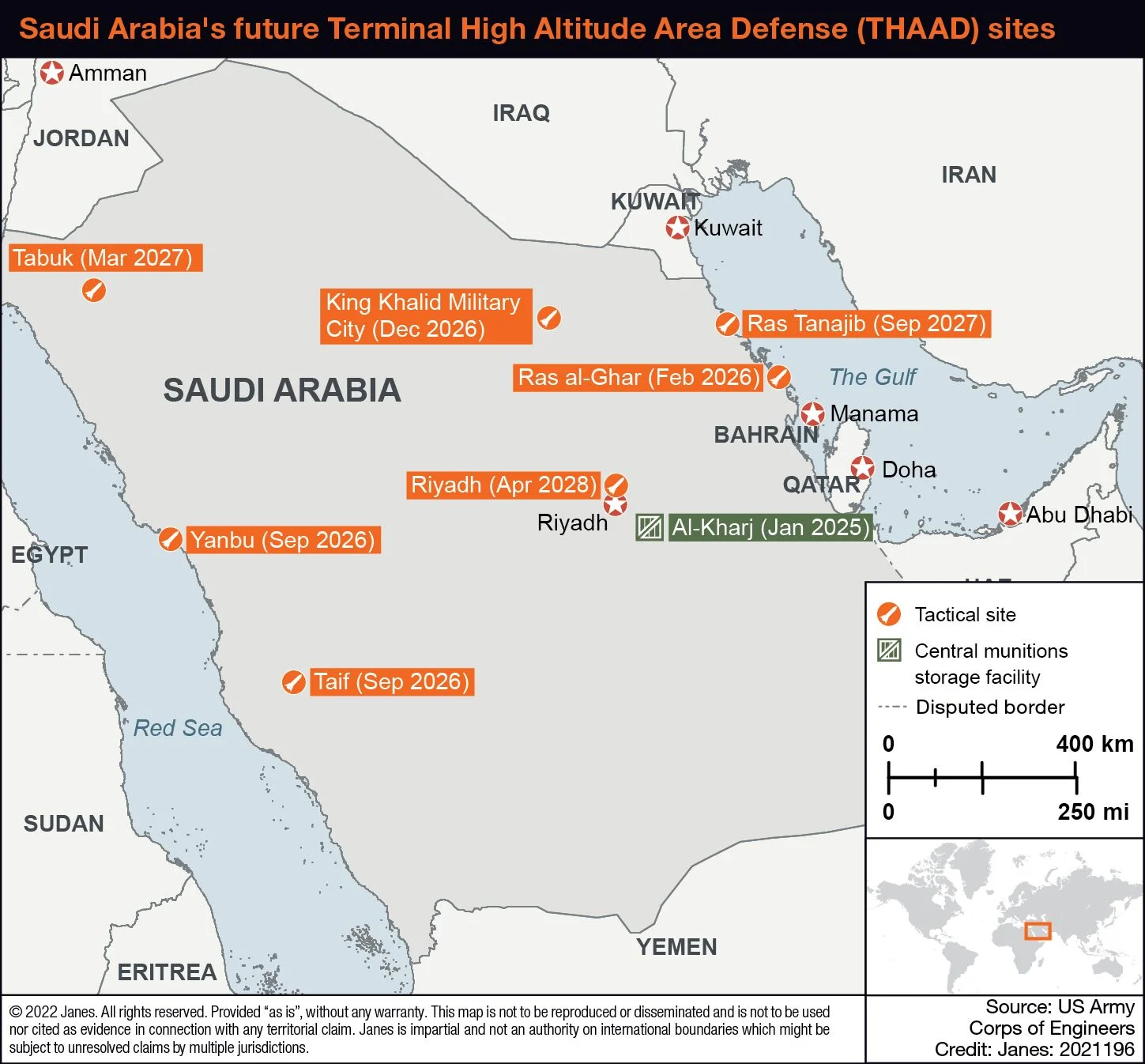
Indeed, Saudi Arabia has an area of 2.2 million square kilometers, that is, 4 times larger than Ukraine. But the number and density of deployment of THAAD in this case does not depend on the area of the country, but on the density of oil production infrastructure facilities that these anti-missile systems are supposed to protect.
As already mentioned the example of Saudi Arabia with the creation of its own anti-missile defense system is also relevant for Ukraine. For that reason Ukraine should be prepared for the fact that the deployment of THAAD systems may in similar manner take about 10 years and cost about 10 billion dollars.
Read more: Ukrainian Army Deploys Echeloned Air Defense System to Protect Kyiv





